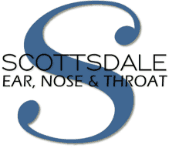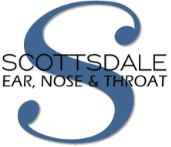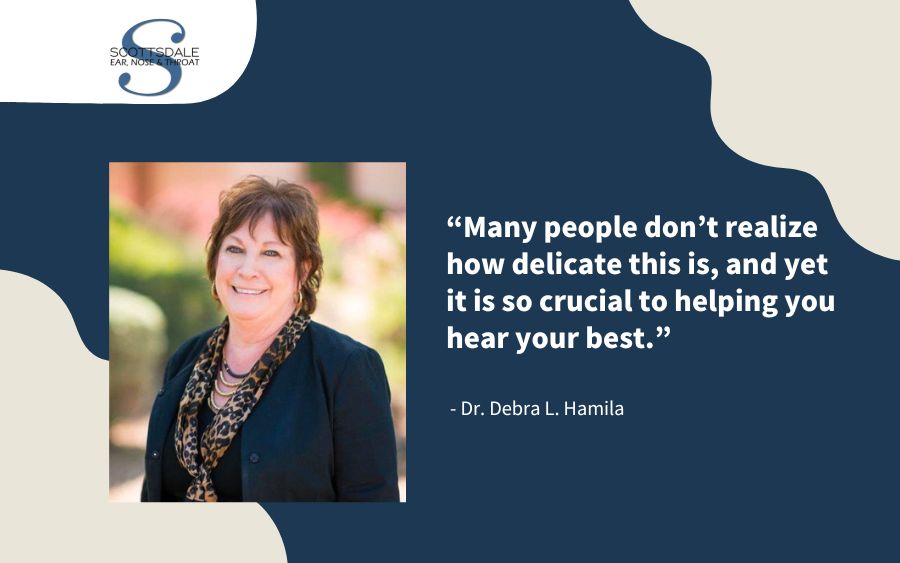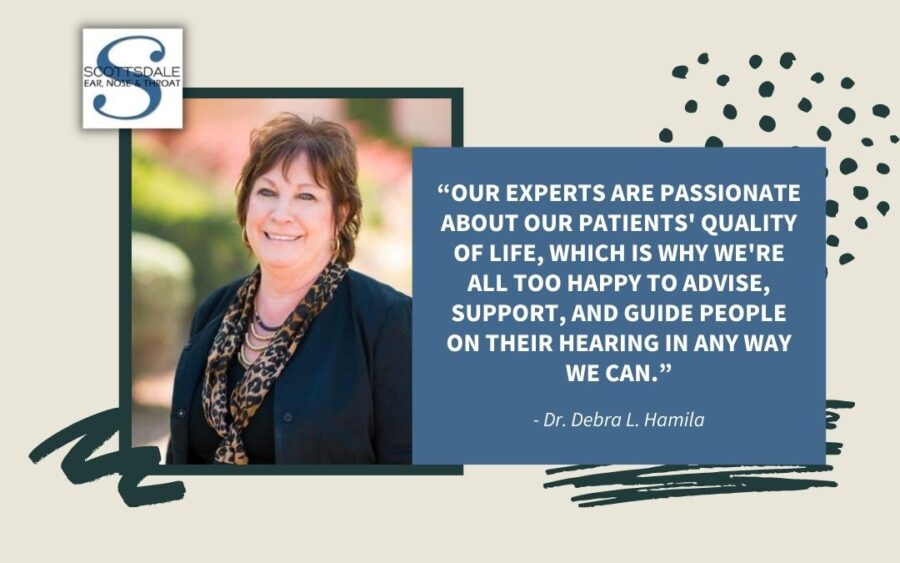The tympanic membrane is better known as your eardrum. More specifically, it’s the ultra-thin tissue that is delicately stretched over your eardrum. It gently vibrates to send signals to your brain for interpretation.
This is a very sensitive part of your ear and should be protected at all costs. Many hearing problems can arise if your tympanic membrane is perforated or ruptured.
Our experienced team has many years of experience dealing with TMP here in the Scottsdale area. In most cases, the issues can be prevented, and we want everyone to know how they can take better care of their eardrums.
Symptoms of a Ruptured Eardrum
- Sudden sharp ear pain, either ongoing or recurring
- Drainage from the ear that may resemble pus or blood
- Buzzing or other noises that only you can hear (tinnitus)
- Ear infections
- Dizziness/vertigo
Causes of TMP
Physical Damage — This is easily the most common problem we see, and, almost all the time, it’s preventable. Damage to your tympanic membrane can happen if you use cotton swabs. Even if you manage to avoid damaging your eardrum, you will most likely push more earwax into your ear. This causes its own set of problems as well. Please never use cotton swabs for your ears.
Ear Infection — The build-up of pressure during an infection can press against the membrane, which will cause it to perforate or rupture. We always recommend getting treatment for your infections, as they will only worsen over time.
Loud Sounds — Although rare, if you’re close enough to gunfire or fireworks, these one-time events can cause severe damage to your eardrum. Always wear hearing protection when in the presence of loud activities.
Types of Tympanic Membrane Perforation
TMP presents in three different ways:
Attic Eardrum Perforation
This occurs in the superior section of your eardrum and can lead to cholesteatoma or be associated with a deep retraction pocket. It can change the location of your eardrum or membrane and cause pain and a lot of difficulty hearing.
Central Eardrum Perforation
This type can happen anywhere on the membrane itself and can be any size. Ruptures can be as small as a pinhole or engulf the entire tympanic membrane. Some cases will heal on their own, but we always recommend a consultation just to be certain.
Eardrum Margin Perforation
This happens when there is a perforation where the eardrum and ear canal meet. If this happens, skin can start to grow through and can cause a cyst within your ear. As this cyst grows, it can have a negative impact on the bones within your ear and even start to affect your facial muscles.
How To Treat Tympanic Membrane Perforations
Correcting TMP is a case-by-case situation that can include anything from surgery to allowing it to heal on its own. Even if the diagnosis is to let it heal, we still may prescribe some antibiotics to prevent infection within the middle ear.
If surgery is required, it may only be minor. Small perforations can be patched using synthetics. This procedure is done on-site. For more severe cases, we will prescribe a tympanoplasty. This is when a patch of your own skin is grafted to the eardrum to seal up the hole.
Scottsdale ENT Is Your First Line of Defence
The first thing we do is schedule a consultation. At this meeting, we will get all the information we need to develop a diagnosis. First, we inquire about your current state and what level of pain, if any, you are experiencing.
Next, we perform a physical examination to see if any issues are glaring. By using an otoscope, we can see deep into the ear canal and pinpoint the problem.
From there, we may require more tests, such as tympanometry. This is a test that measures the response time of your eardrum based on differing vibration levels.
No matter your issue, we won’t stop until we have found a solution for your hearing problem. To get relief or to help a loved one who may be suffering, please contact us at any time.
We are always standing by to lend a hand or even just to answer your questions. Prevention is our number one tool to fight hearing loss, so the more you know, the better chance you have at enjoying healthy hearing for many years.




